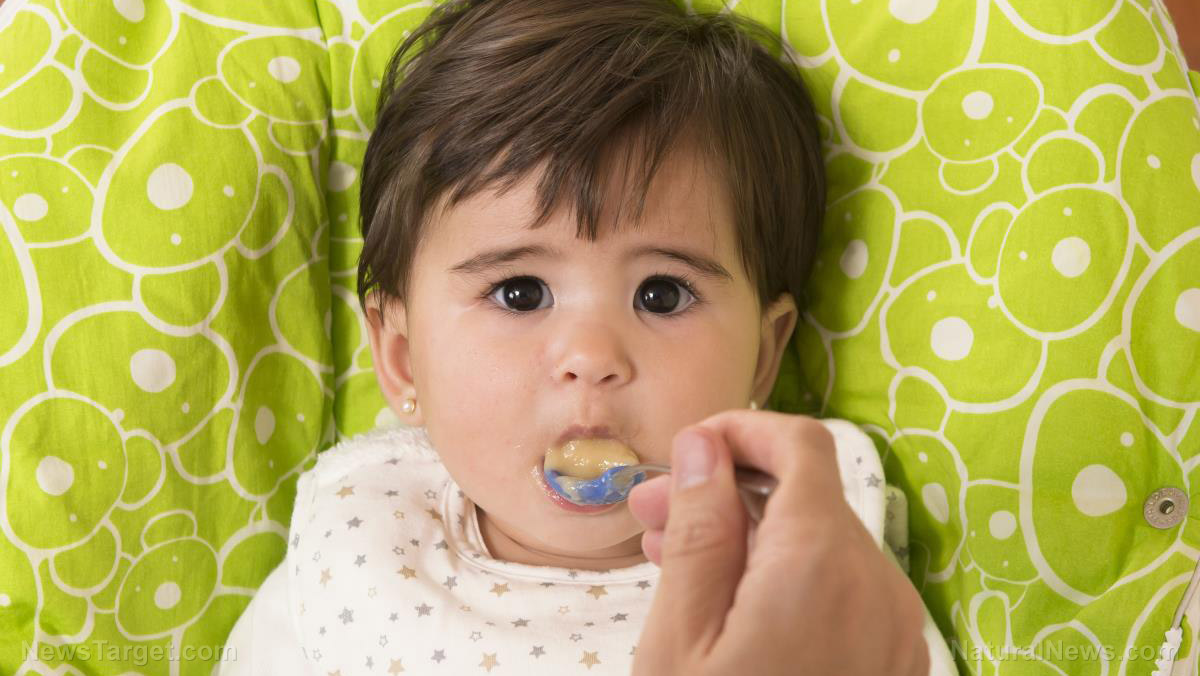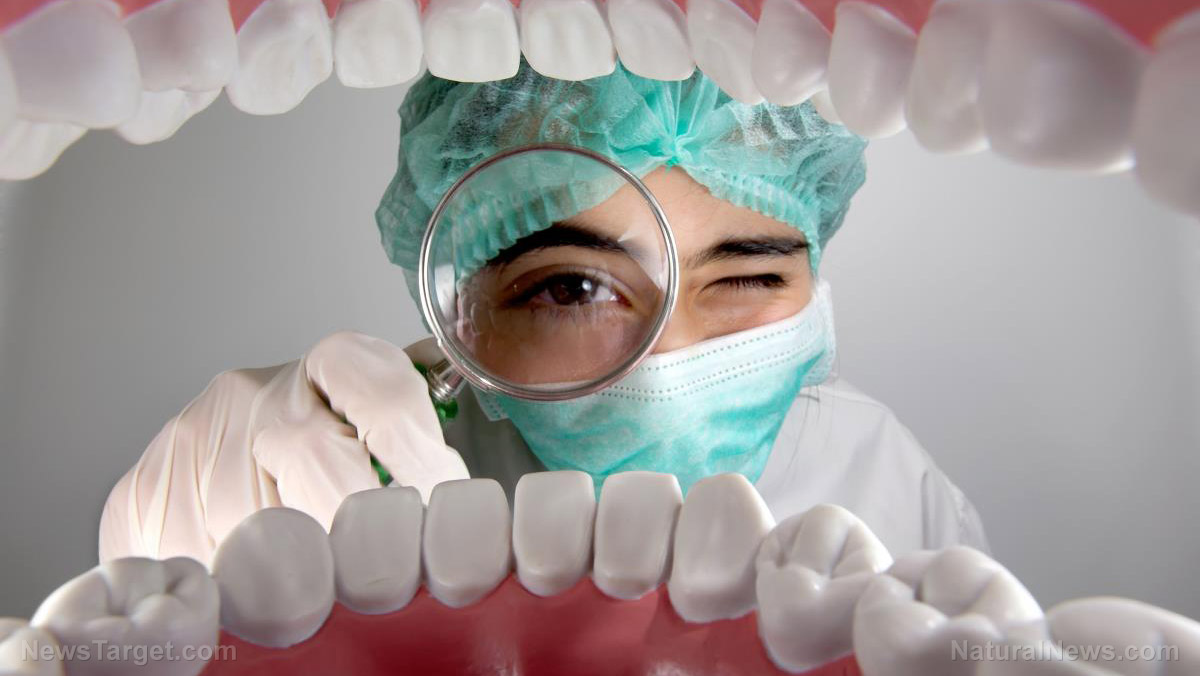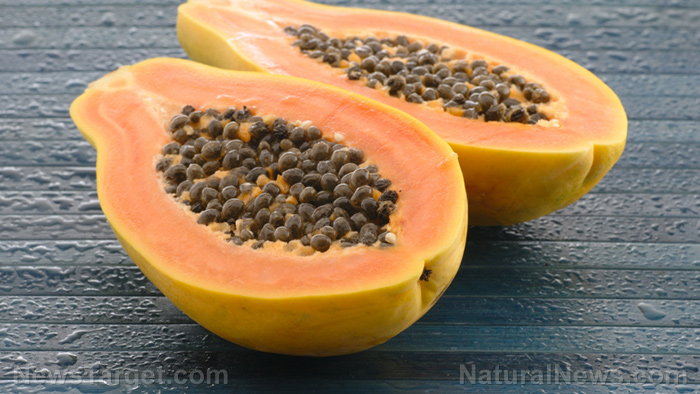20 percent of baby food tested positive for LEAD, reveals ten-year study
06/25/2017 / By Vicki Batts

Out of all the foods you can purchase at the grocery store, you’d tend to think at least baby food would be a safe bet. After all, babies are the most delicate members of our society; they’re tiny, cute and reliant on adults to care for them. You’d think the companies that make baby foods would take their inherent role in infant health seriously, but you’d be wrong. Research has shown that even an industry that caters to the most vulnerable (and innocent) members of society is callous and unscrupulous.
Research gathered over a period of ten years has shown that 20 percent of baby food is contaminated with lead. As you may know, the CDC reports that there is no safe level of lead exposure for children, least of all infants. The report comes from a nonprofit organization known as the Environmental Defense Fund (EDF).
EDF’s Tim Neltner, who authored this mind-blowing report, commented, “The levels we found were relatively low, but when you add them up — with all the foods children eat … it’s significant.”
Together with his colleagues, Neltner evaluated data collected from the FDA between 2003 and 2013. All told, 2,164 baby food samples were analyzed. Their findings were shocking and disheartening. A staggering 89 percent of grape juice samples tested positive for lead, and another 86 percent of baby food sweet potatoes and 47 percent of teething biscuits also contained detectable amounts of lead. Apple juice, carrots and arrowroot cookies also tested positive for lead more often than other foods. You can download the full report here.
As of now, none of the foods actually exceeded the FDA’s allowable limit for lead in food. But, the federal agency is in the process of reviewing (and hopefully changing) these standards to reflect current science on this dangerous heavy metal — and the threat it poses to children.
Dr. Aparna Bole, a pediatrician from the University Hospitals Rainbow Babies and the Children’s Hospital in Cleveland, told CNN, “Lead can have a number of effects on children and it’s especially harmful during critical windows of development. The largest burden that we often think about is neurocognitive that can occur even at low levels of lead exposure.”
Bole explained that lead can cause a host of problems including troubles with attention and behavior, disrupt cognitive development and can even leave a lasting impact on the cardiovascular and immune systems. A draft of a report from the EPA estimates that some five percent of American children are surpassing the FDA’s maximum daily intake level of lead, which was set at six micrograms back in 1993. It’s been 24 years; an FDA update on this policy is well past overdue.
In 2012, the CDC reportedly updated their views on lead for children. Now, the agency considers blood levels of lead at five micrograms per deciliter to be “high,” and no level of lead at all is considered safe. Even in the smallest, most infinitesimal amounts, lead still seems to be capable of causing problems for children. Even the CDC states that “even low levels of lead in blood have been shown to affect IQ, ability to pay attention, and academic achievement. And effects of lead exposure cannot be corrected.”
NPR reports that pediatricians recommend feeding children a variety of foods to help limit their exposure to foods that might be contaminated with lead, and also minimizes the risk from eating or drinking the same food or beverage constantly. Fortunately, pediatricians have already been suggesting that parents cut down the amount of juice their children drink for other health reasons, and the risk of lead in apple and grape juice is just one of many reasons to limit juice intake.
While it is not yet clear whether the lead in baby food is coming from the soil, the way it’s processed or some other means, feeding a variety of foods is as important as ever.
Sources:



















